28th February 2025 - 10 min read
How to Understand a Client Brief and Deliver Great Content
As a content creator on Ramdam, your success depends on how well you understand and execute client briefs. Since you don’t have direct communication with the brand, it’s crucial to analyze the brief carefully and make sure your content aligns with the brand’s expectations from the start.
Here’s how to break down a client brief and turn it into high-quality content that gets approved.
.png)
1. What is a Brief and Why Does It Matter?
A brief is a document that brands use to communicate their expectations to creators. It provides all the details you need to produce content that aligns with their marketing goals.
Why is the Brief Important?
- Guides your content – It tells you what the brand wants, so you don’t have to guess.
- Saves time & avoids revisions – Following the brief correctly increases your chances of approval.
- Ensures brand consistency – The brand wants to maintain a certain image, and the brief helps keep all creator content aligned.
- Maximizes your chances of being selected again – If you deliver great content that follows the brief, brands will be more likely to work with you in the future!
2. Break Down the Key Information in the Brief
Each campaign brief on Ramdam includes specific details that you need to follow. Here’s what to focus on:
- Campaign overview – What is the brand looking to achieve? (e.g., promote a new product, drive engagement, raise awareness)
- Target audience – Who is the content meant for? (e.g., young professionals, fitness lovers, Gen Z students)
- Key messages – This section provides the main talking points or selling points that the brand wants to highlight in your content. You don’t have to use them word-for-word, but make sure the core message is present.
- Video requirements – This is one of the most important sections to follow precisely. Ignoring this section could result in your video being rejected, so check it carefully before creating your content. It includes:
- What should appear on your video: subtitles, yourself, the app or product,...
- What should be used in the audio: voiceover, specific sound,..
- Any other content requirements
- Video concept – This section helps you understand the type of content the brand is looking for. This includes the overall theme, creative direction, and any specific trends or formats you should follow.
📌 Example: The brief asks for a 20-second TikTok video showing a first-time reaction to a new snack product. The tone should be fun and spontaneous, using a specific trending sound provided by the brand. The video must feature the product clearly in the first 3 seconds, and the caption should include a specific hashtag.
3. Plan Your Content Before Filming
Since you can’t ask the client for clarifications, planning is key. Follow these steps to ensure your content matches the brief:
- Create a quick concept – Based on the brief, sketch out how you’ll structure your video.
- Check the creative guidelines – If specified, stick to the specified tone, visual style, and messaging.
- Make sure it’s engaging – Hook the viewer in the first 3 seconds.
- Review the video requirements – Double-check that you’re not accidentally including anything that could get your content rejected.
📌 Example: If the brief asks for a “day-in-the-life” video featuring the product/app, plan shots that naturally integrate it into your daily routine. Avoid making it feel too much like an ad—brands usually prefer authentic, relatable content.
4. Shoot & Edit According to the Brief
When filming your content, keep these key points in mind:
- Make the product or brand visible – If the brand needs the product in the first few seconds, plan your shots accordingly.
- Follow the brand’s tone & style – If the brief says “humorous and lighthearted,” don’t make the video too serious.
- Use the required hashtags, music, or captions – Some brands specify exact hashtags or trending sounds—make sure to use them!
- Format the video correctly – Ensure the video length, resolution, and orientation (vertical or horizontal) match the brief’s requirements.
📌 Example: If the brief asks for a 15-second video but you submit a 30-second one, your content might get rejected—even if it’s great. Stick to the guidelines!
5. Review Before Submitting
Before uploading your content on Ramdam, take a moment to carefully go through the Video requirements outlined in the brief. Ensuring that your video meets all the requirements will increase your chances of approval and avoid unnecessary feedback or revisions.
6. Submit and Learn from Feedback
Once you upload your content on Ramdam, the brand will review it. If your content is approved, great! If not, don’t get discouraged—analyze the feedback and improve for the next version of your video.
Stand Out by Being Creative (Within the Guidelines!)
While following the brief is essential, adding your personal creative touch can help your content perform better. Brands love originality—as long as it fits their campaign goals. If you can bring fresh, engaging ideas while staying within the guidelines, you’ll increase your chances of being selected for more collaborations.
By mastering how to analyze and follow a brief, you’ll become a reliable and attractive creator for brands. Now go create!


.jpg)
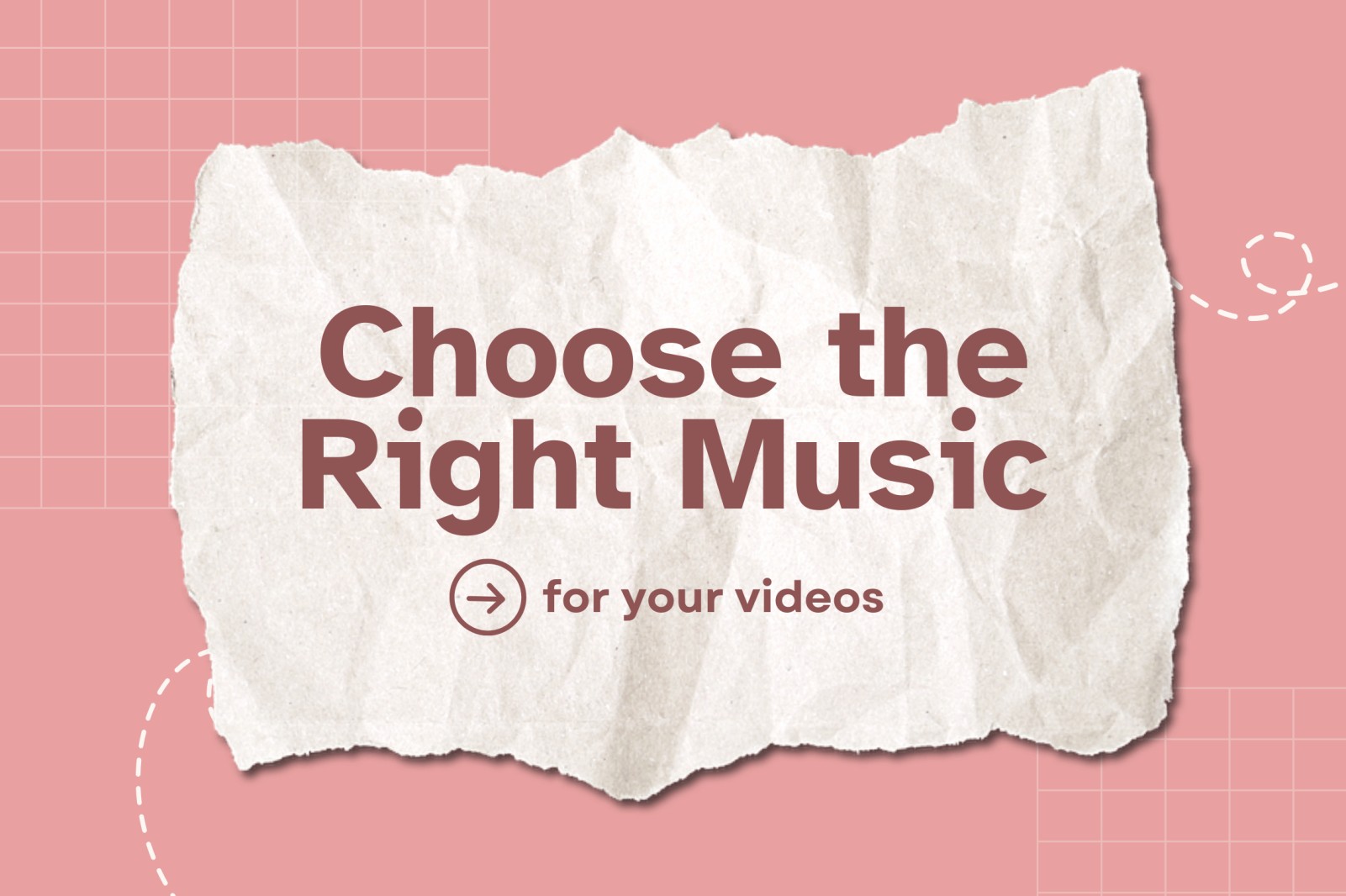
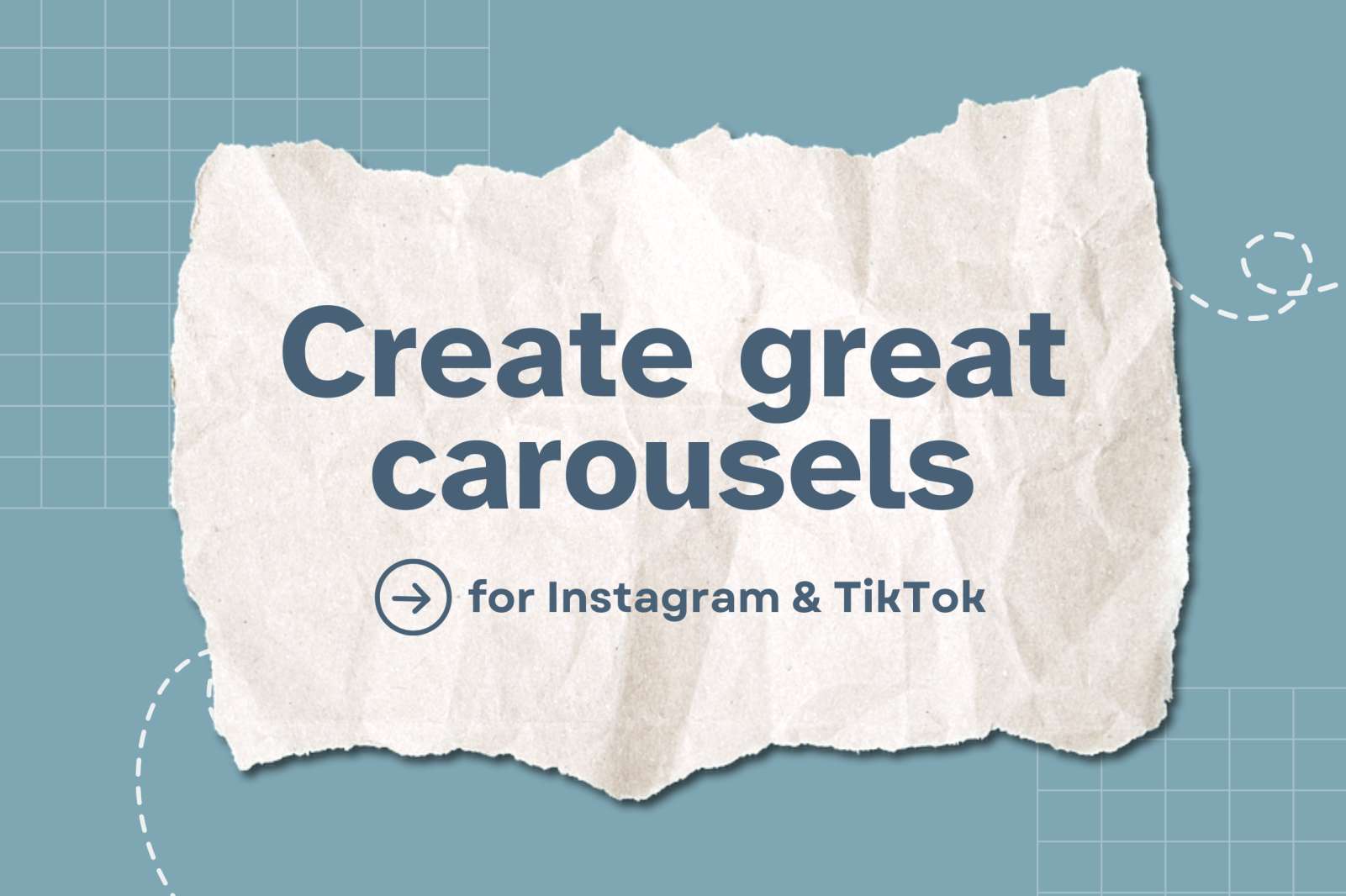
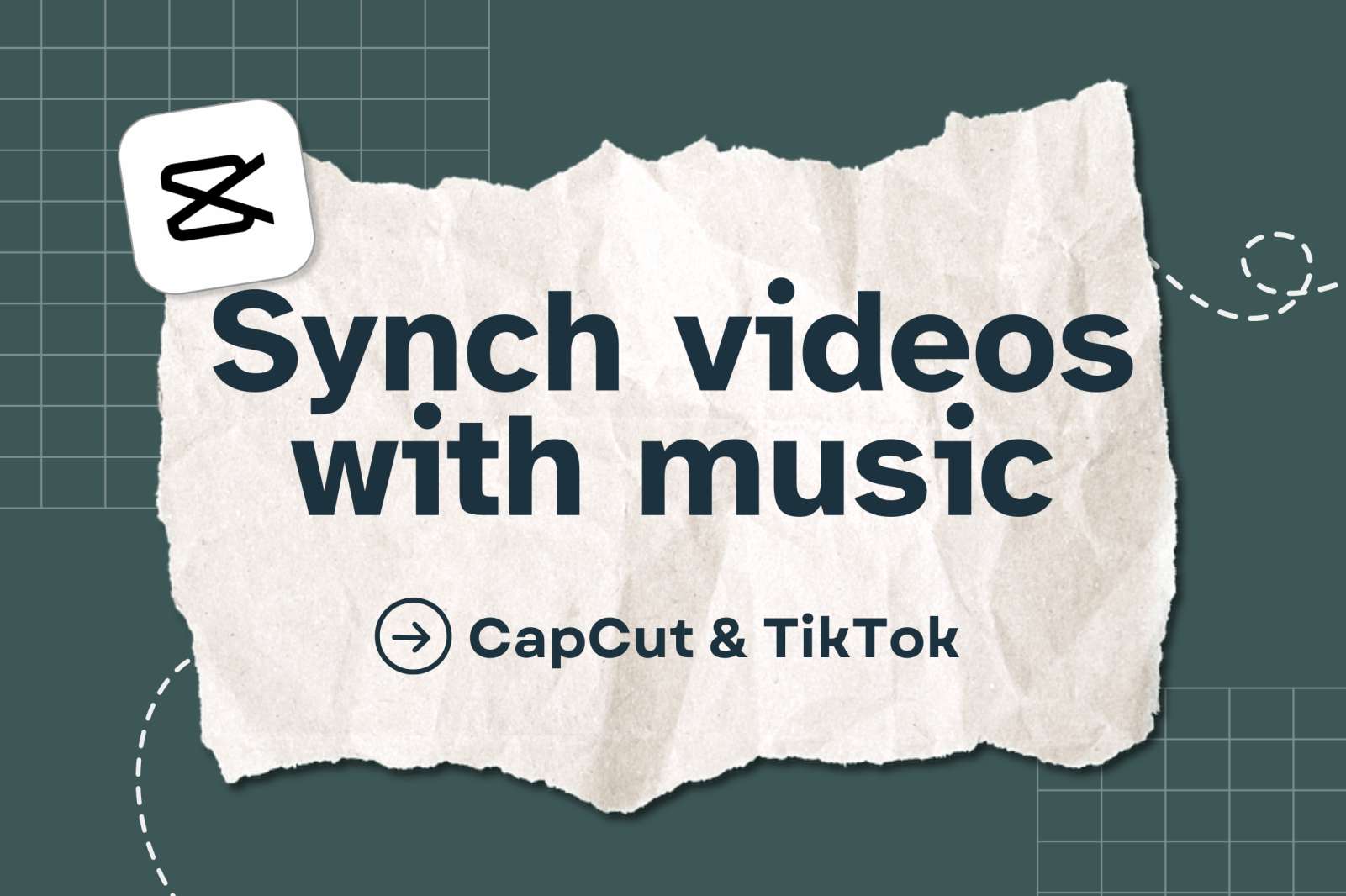
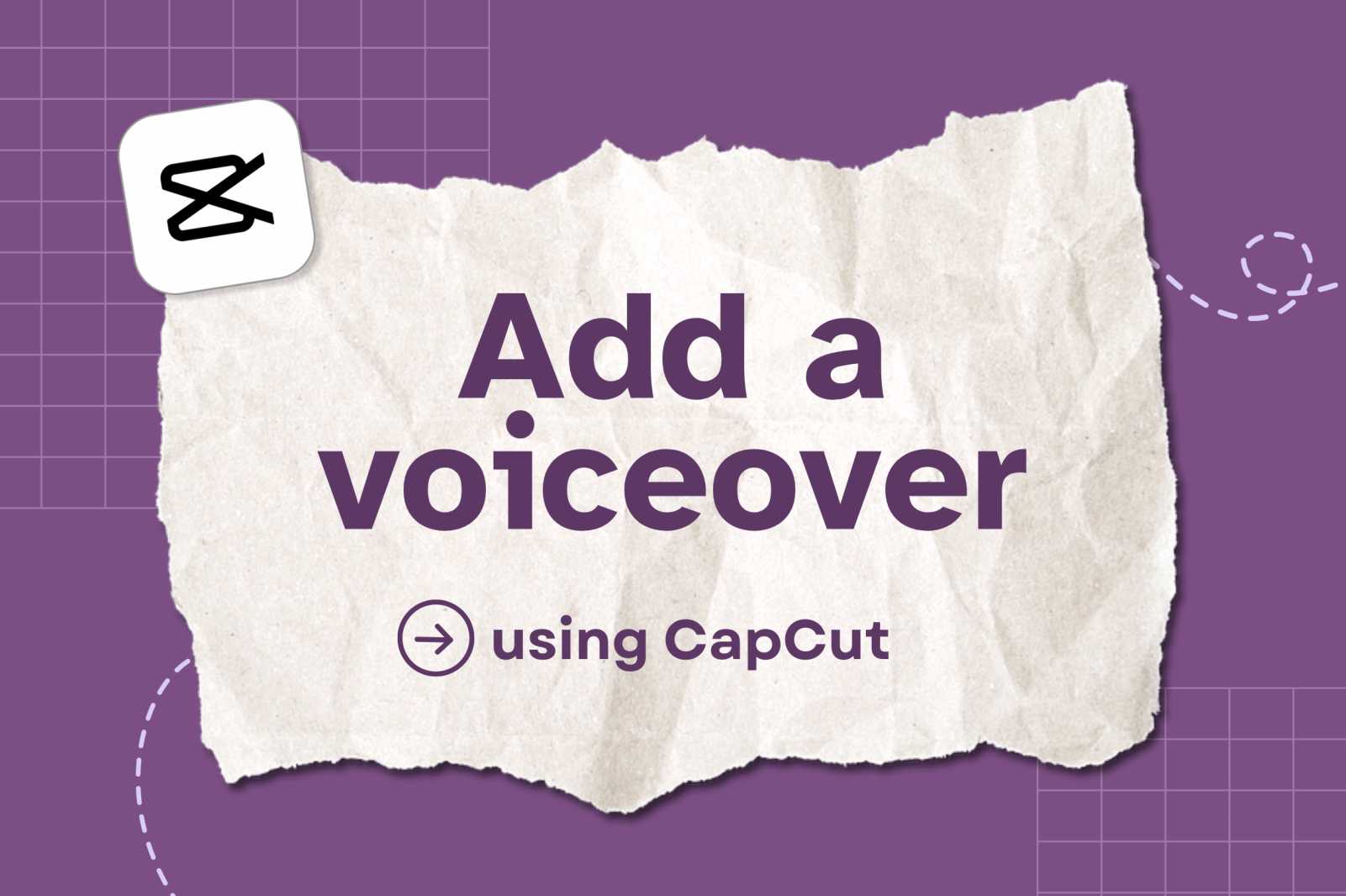


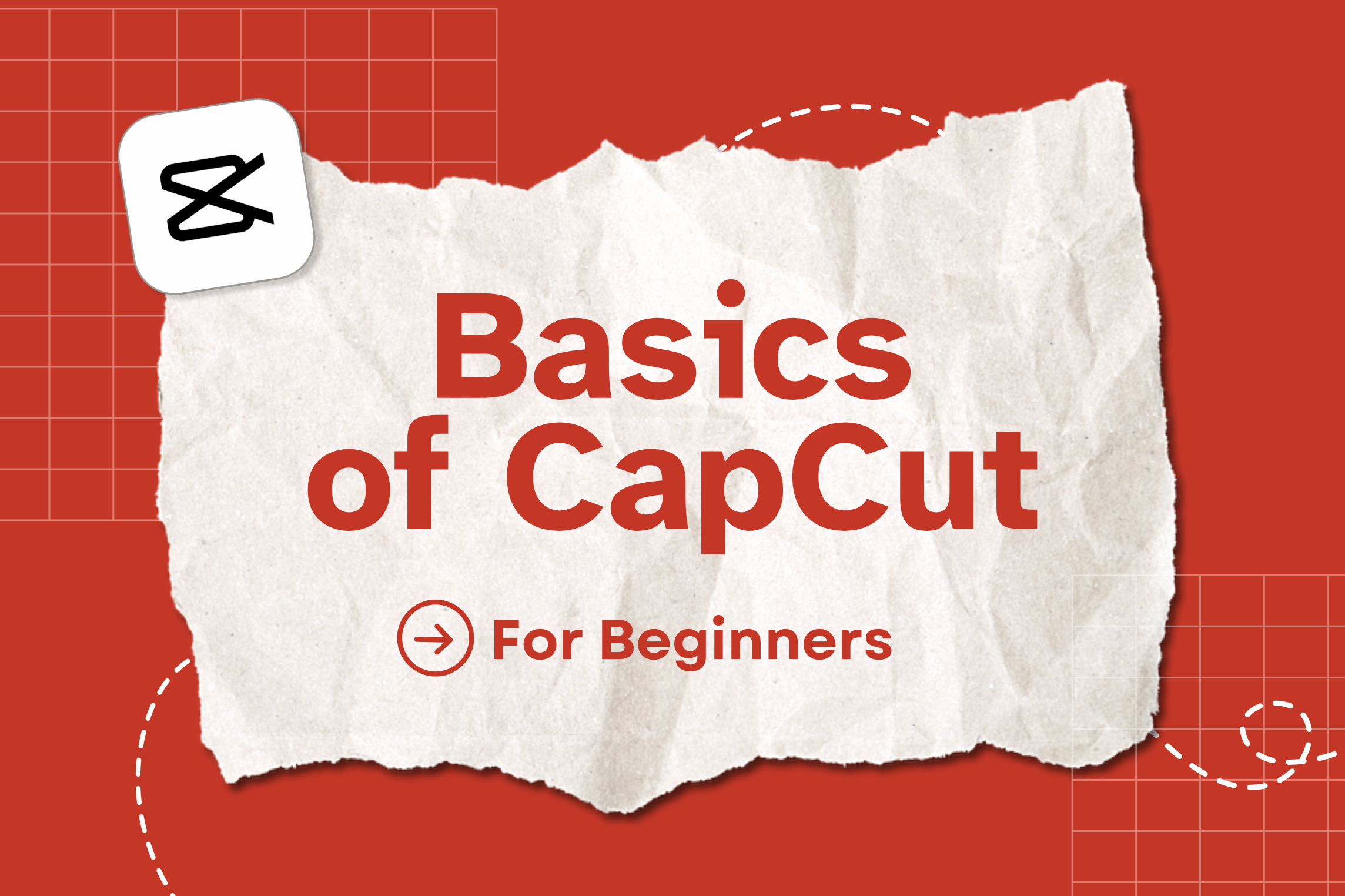



.png)

.png)